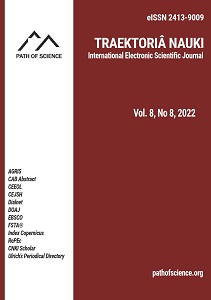Testing the Validity of the Inflation-Unemployment Nexus within the West African Monetary Zone
Testing the Validity of the Inflation-Unemployment Nexus within the West African Monetary Zone
Author(s): Ubong Edem Effiong, Ekomabasi Akpan, John Polycarp EkpeSubject(s): Business Economy / Management, Labor relations, Economic policy, Economic development, Fiscal Politics / Budgeting
Published by: Altezoro, s. r. o. & Dialog
Keywords: Phillips Curve; Natural Rate of Unemployment; Inflation; Monetary Policy; Labour Market;
Summary/Abstract: This study aimed to ascertain the validity of the Phillips Curve in six countries of Gambia, Ghana, Guinea, Liberia, Nigeria, and Sierra Leone within the West African Monetary Zone (WAMZ). The study utilised panel data from these countries varying from 2000 to 2021, which were obtained from the World Bank database. The data were analysed using the Panel unit root test, Johansen Fisher Panel (JFP) co-integration test, Pairwise Dumitrescu Hurlin Panel (PDHP) Causality Tests, and the Panel Autoregressive Distributed Lag (ARDL) approach. The PDHP Causality Test revealed a one-way causality from unemployment to inflation; hence, unemployment causes inflation. The JFP co-integration test conducted since the variables were not all stationary at levels revealed that the two variables are cointegrated, which portrayed some degree of long-run relationship. The significant findings of this study, as presented by the panel ARDL result, indicated that the inverse relationship between inflation and unemployment is only valid in the short run within the WAMZ. This finding supports the argument that there is no trade-off between inflation and unemployment in the long run and the Phillips Curve is a vertical line at the natural unemployment rate.
Journal: Traektoriâ Nauki
- Issue Year: 8/2022
- Issue No: 08
- Page Range: 1011-1026
- Page Count: 16
- Language: English

